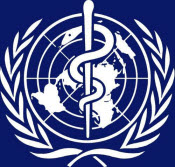|
WHO
WHO (the World Health Organization) is the directing and coordinating authority for health within the United Nations system.
The WHO position on human exposure to EMF is to comply with the ICNIRP guidelines for short-term high-level exposure. The WHO recommendations for long-term, low-level exposure to ELF (extremely low frequency , defined as <100 kHz) fields, based on a precautionary approach, include the following :
In 1996 WHO established the International EMF Project. The project will assess health and environmental effects of exposure to static and time varying electric and magnetic fields in the frequency range 0-300 GHz. The International EMF Project has compiled the EMF World Wide Standards Database with EMF exposure limits for different countries. To harmonize the EMF standards the project has also developed a framework for harmonization of EMF standards. |
||



